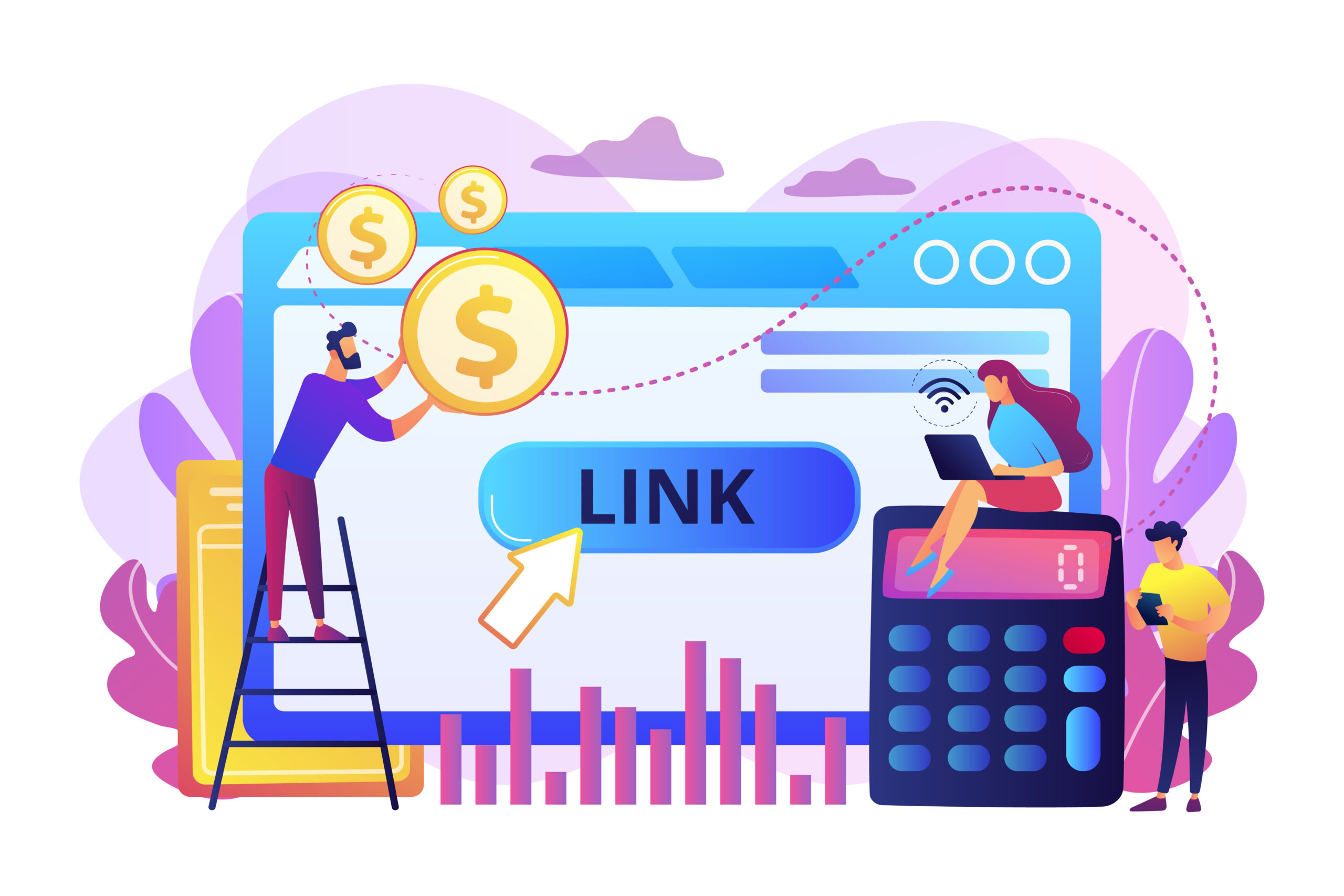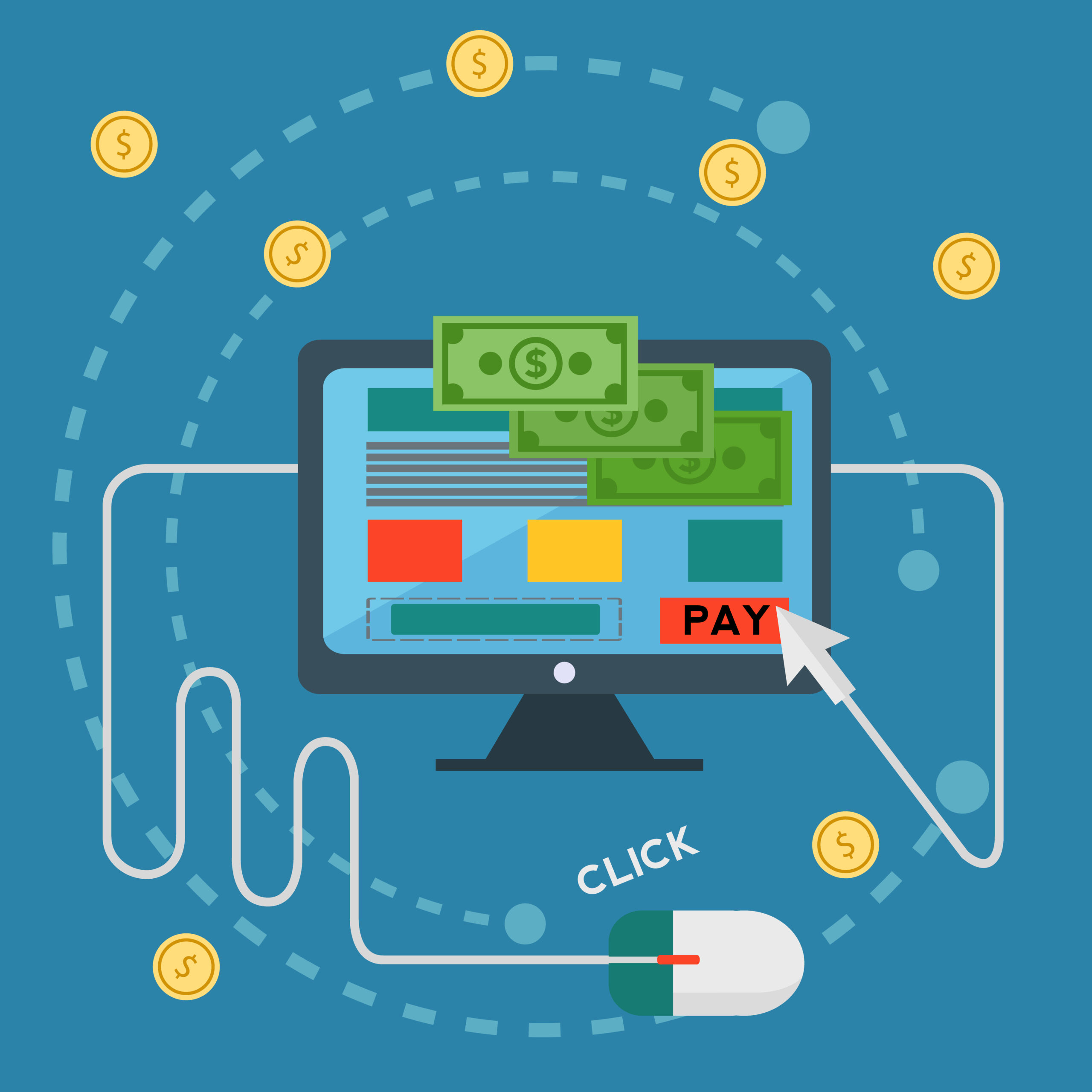Pay-per-click (PPC) campaigns are powerful tools for reaching potential customers, but without proper cost management, they can become expensive quickly. Whether you are new to PPC or refining an existing strategy, learning how to keep expenses in check is essential. In this guide, we will discuss practical ways to manage costs while achieving the best results from your PPC campaigns.
What Makes PPC Campaigns Effective Yet Costly?
PPC campaigns offer immediate visibility and targeted reach. Advertisers pay only when someone clicks on their ad, making it a measurable and efficient method of advertising. However, without a clear plan, costs can spiral out of control due to high competition, poor targeting, and unnecessary ad spend.
To make your PPC campaigns successful without overspending, understanding common cost drivers is key:
- Bidding wars for competitive keywords.
- Irrelevant clicks from poorly targeted audiences.
- Lack of tracking and optimization.
Managing these challenges is the first step toward achieving cost-efficient campaigns.
Define a Clear Budget for Your PPC Campaigns
Setting a clear budget is the foundation of cost management. Without a defined limit, you risk overspending on ads that do not deliver results. Follow these tips to create a workable budget:
Understand Your Business Goals
Before assigning a budget, determine the purpose of your PPC campaigns. Are you aiming to increase sales, generate leads, or raise awareness? Aligning your budget with your goals helps ensure every dollar is spent wisely.
Research the Cost of Keywords
Keyword costs vary by industry and competition. Use tools like Google Ads’ Keyword Planner to estimate the price of keywords and decide which ones align with your budget.
Monitor Your Daily Spending Limits
Platforms like Google Ads allow you to set daily spending caps. This feature prevents your campaigns from exceeding the total amount you are willing to spend.
Choose the Right Keywords for Better ROI: PPC Campaigns
Keywords are the backbone of any PPC campaign. Choosing the wrong ones can lead to wasted clicks and poor returns on investment (ROI). Here are steps to pick the best keywords:
Focus on Long-Tail Keywords
Instead of broad, high-competition keywords, opt for long-tail keywords. They are less expensive and often have higher conversion rates because they target specific search intents.
Use Negative Keywords
Negative keywords ensure your ad does not show up for irrelevant searches. For example, if you sell premium products, adding “cheap” as a negative keyword prevents your ad from appearing in cost-focused searches.

Analyze Keyword Performance
Track how each keyword performs and pause low-performing ones. This helps you allocate funds to terms that generate meaningful results.
Segment Your Audience for Precise Targeting
Poor audience targeting leads to irrelevant clicks and wasted money. Segmenting your audience ensures your ads reach the right people.
Demographics and Interests
Divide your audience based on factors like age, location, gender, and interests. Tailored messaging resonates more with specific groups and improves conversion rates.
Behavioral Data
Use insights from previous campaigns to target users based on their online behavior, such as pages visited or products viewed.
Custom Audiences
Platforms like Google and Facebook Ads let you upload email lists or use website data to create custom audiences. This method targets users who are already familiar with your brand.
Set Realistic Bids to Avoid Overspending: PPC Campaigns
Bid amounts directly impact your PPC costs. Bidding too high may drain your budget, while bidding too low could reduce visibility. Balance is crucial.
Start with Manual Bidding
Manual bidding allows you to control how much you pay for each click. Begin with lower bids and adjust based on campaign performance.
Use Automated Bidding Carefully
Automated bidding can be helpful but requires proper settings to avoid overspending. Set limits and regularly monitor results.
Monitor Quality Score
Ad platforms assign a quality score to each ad based on relevance, click-through rate (CTR), and landing page quality. Higher scores reduce costs per click.
Optimize Your Ad Copy for Higher Click-Through Rates: PPC Campaigns
Ad copy plays a critical role in attracting the right audience. Well-written ads increase CTR and lower costs by improving relevance.
Write Compelling Headlines
Focus on benefits and solutions in your headlines. For example, “Save Time with Our Easy Scheduling App” is more engaging than a generic “Scheduling App Available.”

Include Call-to-Action Phrases: PPC Campaigns
Use clear instructions like “Shop Now,” “Learn More,” or “Get a Free Quote.” Strong calls to action guide users toward clicking your ad.
A/B Test Your Ads
Run multiple versions of an ad with small changes to find which one performs best. Testing headlines, images, and descriptions can significantly improve results.
Use Landing Pages That Convert: PPC Campaigns
Your landing page is where the user decides to take action. Poorly designed landing pages lead to wasted ad spend and lost opportunities.
Keep It Simple
A clutter-free design with a single, clear call to action works best. Avoid overwhelming visitors with too much information.
Match the Ad to the Page
Ensure your landing page aligns with the ad that brought users there. For instance, if the ad promises a discount, make the discount prominent on the landing page.
Track Conversions
Use tools like Google Analytics to track user behavior on your landing page. Identify drop-off points and make adjustments to improve performance.

Track and Analyze Campaign Performance Regularly: PPC Campaigns
Monitoring your campaign performance helps you identify what works and what does not. Regular analysis prevents costly mistakes.
Use Analytics Tools
Tools like Google Analytics and ad platform dashboards provide insights into clicks, CTR, and conversions.
Compare Campaigns
If you run multiple campaigns, compare their performance to identify which ones deliver the best value.
Make Data-Driven Adjustments: PPC Campaigns
Pause underperforming ads, increase bids for high-performing keywords, and refine targeting based on analytics.
Schedule Ads During Peak Times
Running ads at all hours may seem effective, but it often results in wasted clicks. Identify the times when your audience is most active and schedule your ads accordingly.
Limit the Number of Ad Placements
Spreading your budget across too many placements dilutes its impact. Focus on platforms and formats that deliver the best results for your business.
Control Costs with Geographic Targeting
If your business operates in specific locations, ensure your ads target those areas. This prevents unnecessary clicks from users outside your service area.
Conclusion: PPC Campaigns
Effective cost management is critical for running profitable PPC campaigns. By setting a clear budget, selecting the right keywords, refining your audience targeting, and continuously monitoring performance, you can achieve great results without overspending. Apply these strategies to make your PPC campaigns work harder for you.









[…] common pitfalls in landing page optimization is essential to ensure that your PPC campaigns achieve their full potential without losing visitors to avoidable […]